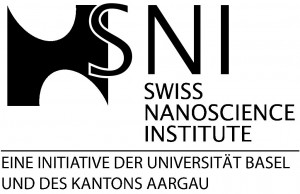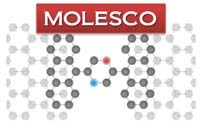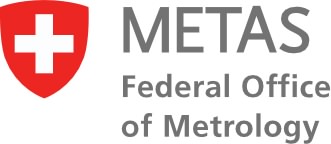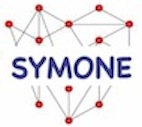| Current projects | |
|
Reservoir Computing with Real-time Data for future IT The aim of this project is to develop an intelligent biocompatible sensing device which detects complex behavioural Start: September 2015 |
|
 |
Charge Transfer versus Charge Transport in Molecular Systems In this interdisciplinary research project, we want to help clarify the differences and similarities between electron Start: August 2015 |
|
Biochemical sensing We collaborate with Avails Medical Inc. to improve the sensitivity and selectivity of its current sensor technology. Avails Medical is active in the diagnostics market with a unique platform that transforms biochemical reactions to electrical signals. Avails Medical initial product pipeline focuses on pathogen detection to improve patient care and will allow for a faster and more accurate treatment. Start: February 2015 |
|
 |
Optoelectronic nanojunctions The interplay between electrical transport and optical stimulation in tunable nanoscale molecular junctions is Start: October 2014 |
|
Hybrid Molecular Devices for Energy Conversion NCCR Molecular Systems Engineering, Swiss National Science Foundation When it comes to designing, interconnecting and testing functionality in molecular systems built from different molecular modules, interfaces between the different system elements play a critical role. It is essential to reach a fundamental understanding and control of the charge transfer processes involved in energy conversion devices. Start: July 2014 |
|
  |
Molecular-scale Electronics (MOLESCO) The MOLESCO network creates a unique training and research environment to develop a pool of young researchers capable of achieving breakthroughs aimed at realising the immense potential of molecular electronics. In part this will involve the major challenges of design and fabrication of molecular-scale devices. Start: January 2014 |
 |
Metrology and QHE in graphene We combine our expertise on CVD graphene growth and patterning with METAS expertise in high precision measurement to work towards the realization of a new quantum standard of resistance based on graphene. Start: October 2013 |
|
Projects terminated |
|
 |
Synaptic Molecular Networks for Bio-inspired Information Processing (SYMONE) The SYMONE long-term vision is to build multi-scale bio-/neuro-inspired systems interfacing networks of locally-connected molecular-scale devices to macroscopic systems for unconventional information processing with scalable neuromorphic architectures. The SYMONE computational substrate is a memristive/synaptic network controlled by a multi-terminal structure of input/output ports and internal gates embedded in a classical digital CMOS environment. The SYMONE goal is the exploration of a multiscale platform connecting molecular-scale devices into networks for the development and testing of synaptic devices and scalable neuromorphic architectures, and for investigating materials and components with new functionalities. This may also open roads toward applications to intelligent sensors arrays, and to nano-devices integrated in a variety of hybrid systems, in particular biological systems. Start: September 2012 |
